Best cycling shoes 2025: Our top-rated and reviewed shoes for road cycling
The best road cycling shoes will make your rides more comfortable, more efficient and more enjoyable

Hannah Bussey
In general, the higher the price of the best cycling shoes, the stiffer and more performance-oriented they become. Fit is paramount when choosing the best cycling shoes for you. There are plenty of ways to save money without impeding your enjoyment of the bike, but this isn't true of footwear. You'll be happier, faster, and more comfortable on the bike with shoes that fit well.
In fact, of the three contact points with the best road bikes, there's arguably nothing more critical than the nexus of energy transfer between body and bicycle.
Sloppily fitted shoes prevent efficient power transfer to the best road bike pedals, hindering your forward motion. However, every rider's feet are different, so no single pair of shoes works best for everyone.
Occasionally, that can mean shelling out a little more, as cheap shoes aren't cheap if they are uncomfortable and need replacing sooner rather than later. That said, you don't have to part with a fortune for an excellent pair of the best budget cycling shoes, and we even spotlight a pair here, too.
On the flipside, the most expensive shoes won't necessarily be the best or most comfortable experience. That's why a balance is so key and why we have selected the Specialised S-Works Torch as our best overall Specialized has perfectly balanced the performance with their renowned body geometry fit, and dual BOAs keep the foot secure and distribute pressure evenly.
If getting off-road is more your thing, be sure to check out our guide to the best gravel bike shoes.
The quick list
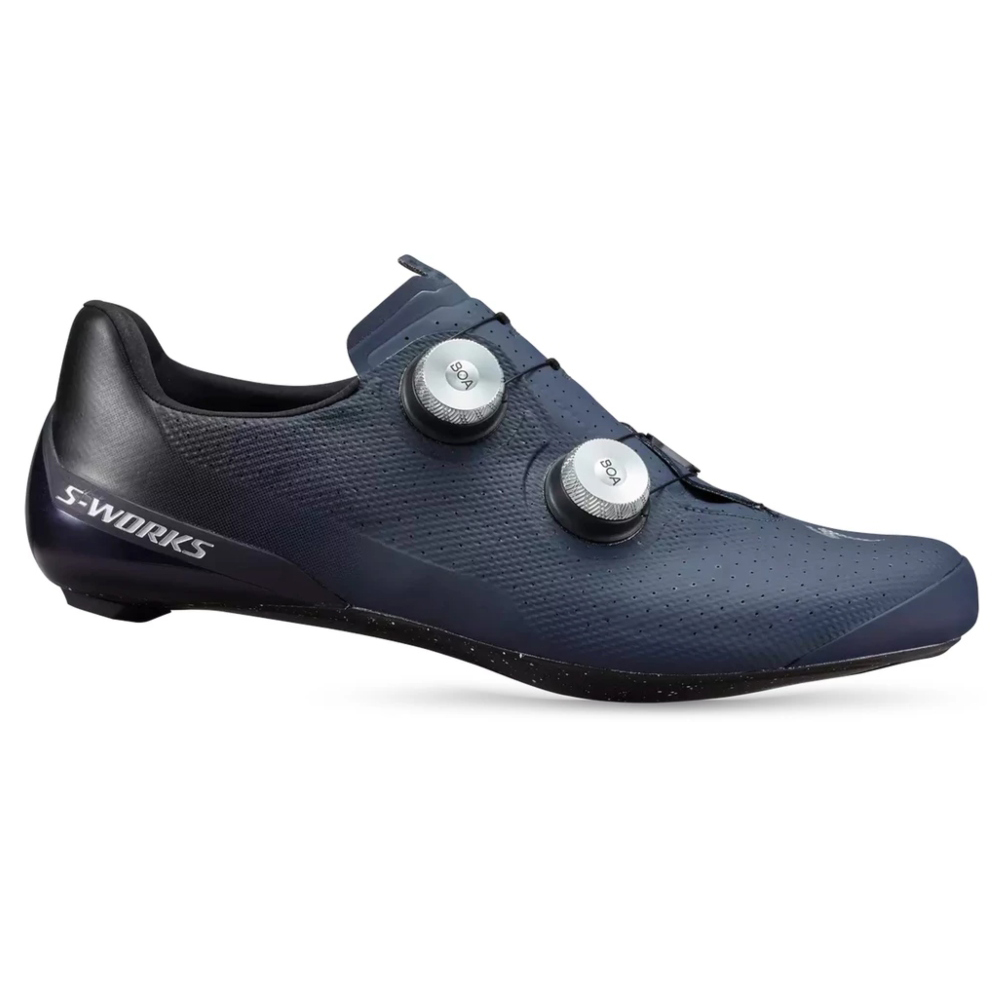
Specialized’s S-Works Torch is supremely stiff and features the design elements that have made Specialized a leader in bike fitting expertise. Notably, A welcome update is they are slightly wider than previous S-Works models.
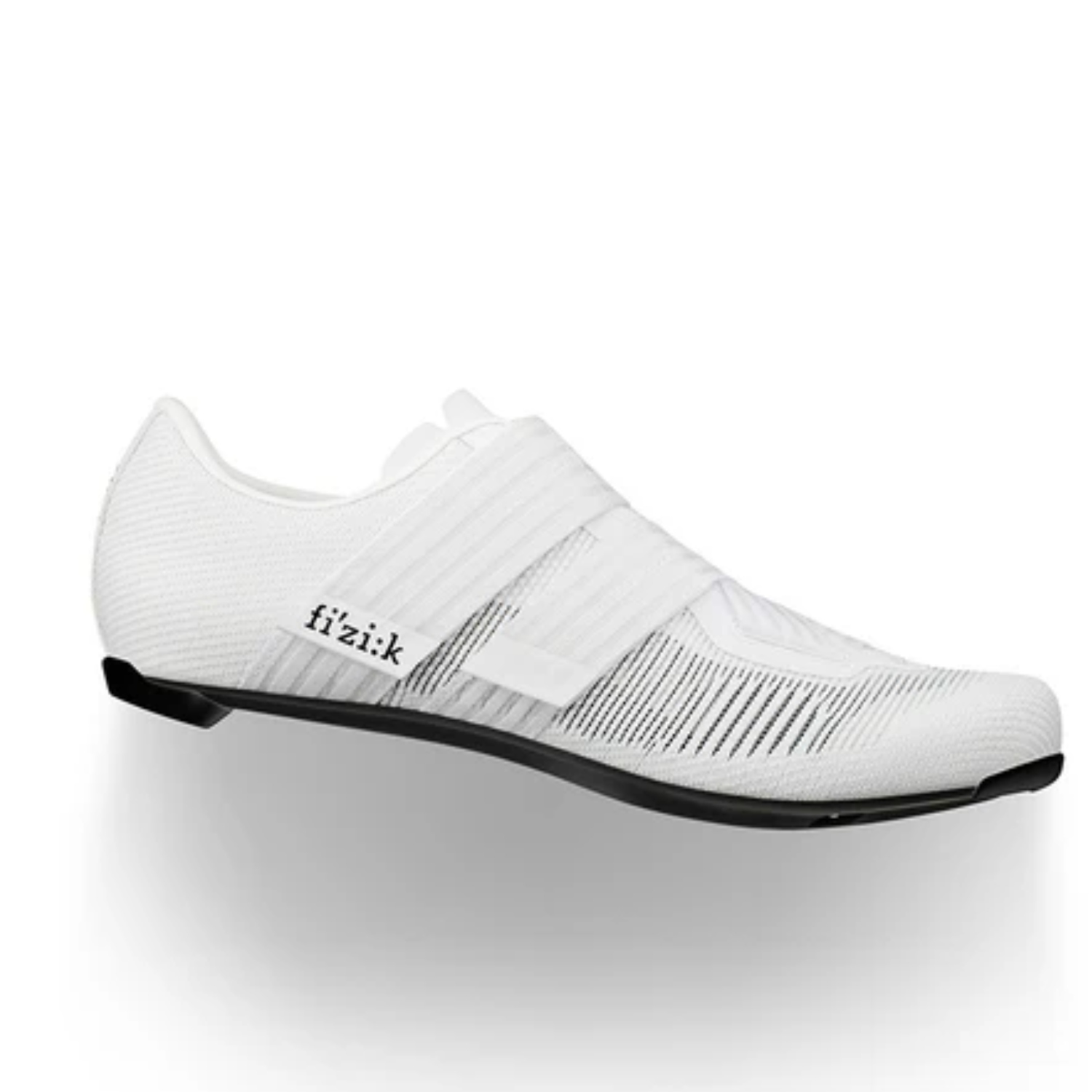
The featherweight shoes are the perfect accompaniment for the indoor season, or when the heat turns up outside. The super comfortable upper is paired with stiff soles, making these a top performance offering.
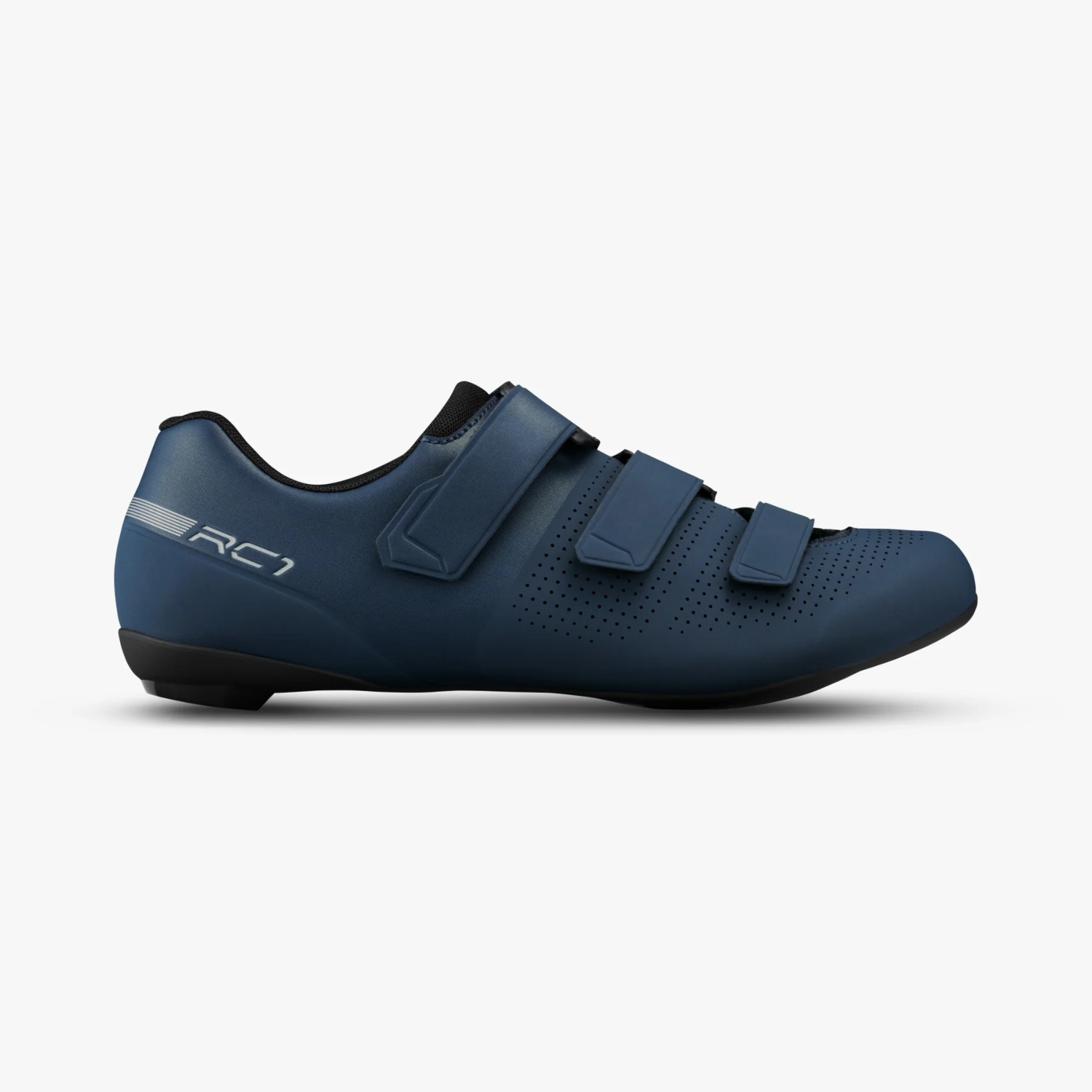
While not the stiffest shoe available, the SH-RC102 delivers comfort and support in spades, with plenty of toe box wiggle room, making these perfect for a long day in the saddle

Twin BOA closure, excellent venting, and two-width fittings make Shimano's race shoe fantastic to ride in and very secure. Twin BOA closure, excellent venting and two-width fittings make Shimano's race shoe fantastic to ride in and very securely. I found it to be perfect for big efforts and attacking steep gradients.

At the stiffer end of the spectrum, Lake's CX403 is ideal for racing and avaliable in wide fit options that can be heat moulded multiple times, to achieve seriously good comfort.

It should be no surprise that the Torch 2.0 features in this guide. Nearly indistinguishable on the bike from our best overall, the S-Works Torch, the trickle-down tech and fit make the Torch 2.0 excellent value.
Load the next 3 models

Ideally suited to narrow feet, the Rapha Pro Team Lace Up is a race-focused shoe positioned to eke out every last bit of performance. While not a 'traditional lace-up,' the speed lace system is brilliant.

Canyon has done incredibly well to take on the market leaders with its first foray into cycling shoes. The Tempr CFR has a great aesthetic, is abundantly comfortable, and performs well.
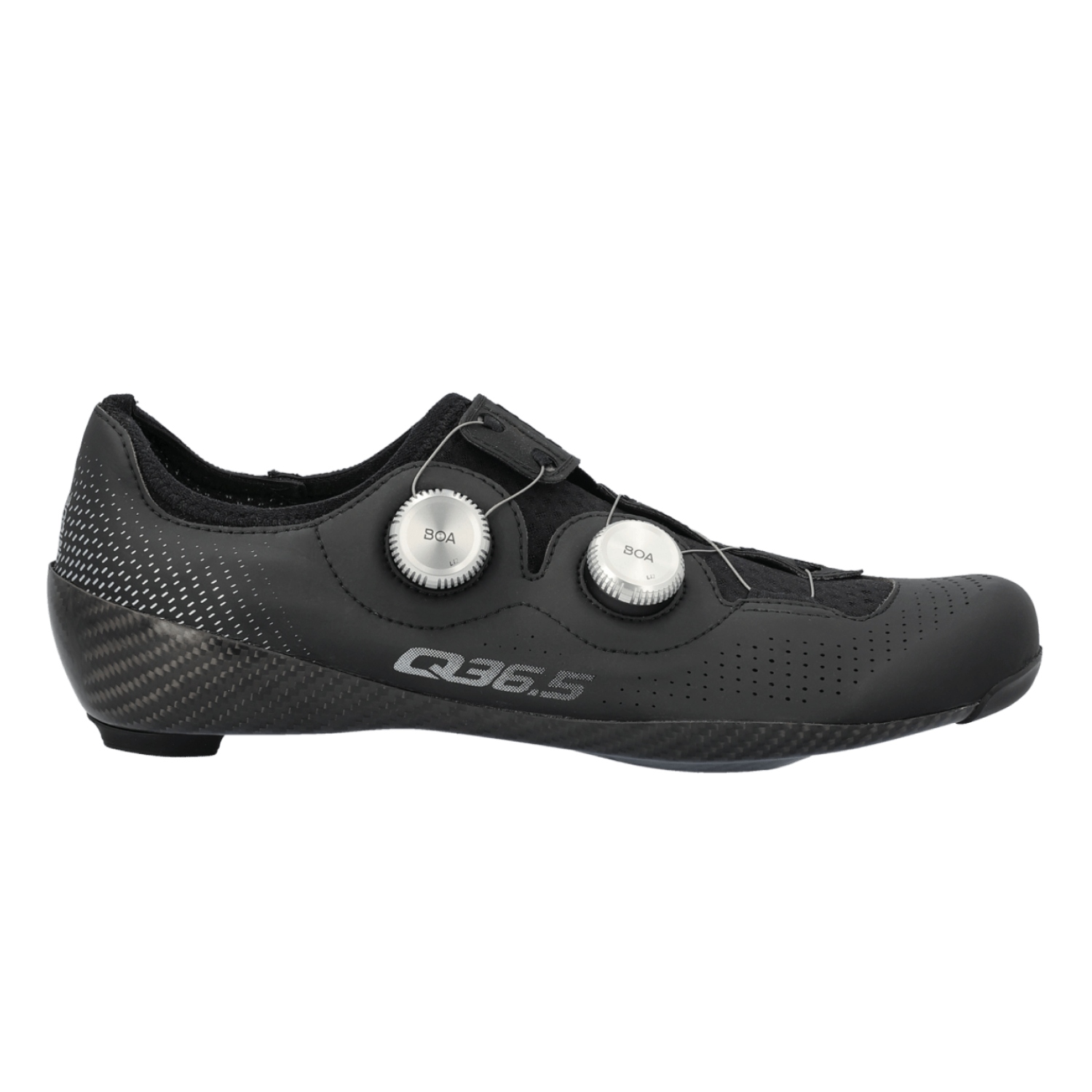
The Vaypor S from Bont is heat-moldable for a personalised fit and available in a wide range of size/width options, making it highly comfortable for a wide range of riders.
The best cycling shoes: Our top-rated & reviewed shoes for road cycling
Best Overall

Specialized S-Works Torch our best performing shoe
1. Specialized S-Works Torch
Our expert review:
Specifications
Reasons to buy
Reasons to avoid
The S-Works Torch is Specialized’s top-of-the-line racing shoe, seen on the feet of Remco Evenepoel and other WorldTour animators of note. The S-Works Torch features two Boa S3 dials, an exceptionally stiff sole, and an asymmetrical heel cup. The sole has a single small vent under the toe, as well as a replaceable heel tread piece.
Specialized has refined its shoe designs over many iterations, and this latest version offers an impressive set of features. The shoe has been widened by 4 millimetres compared to the outgoing S-Works 7, and has a redesigned upper with material optimised specifically for each area of the foot.
The alloy dials are robust, and the back-and-forth style ratchet allows for easy fit micro-adjustment; however, the lack of a quick release feature (most BOA dials allow you to pull up the mechanism to release it all the way) means they’re slow to remove from your feet. The heels did an exceptionally good job holding my foot in place and preventing movement within the shoe. Specialized’s shoes are best for mid- to high-volume feet, especially in the toe box.
Specialized uses a fit philosophy called Body Geometry as part of the design of its shoes. The most notable feature of this is a slight outward cant to the shoe, which Specialized claims better aligns the knee and ankle. It won’t work for everyone (I need additional support in the other direction, for example) but is backed by the company’s research into pedal dynamics.
At 211 grams per shoe (size 40.5) the S-Works Torch is among the lightest shoes here, though they are also among the most expensive at $450.
On the road, the shoes operate like the WorldTour-proven footwear they are. Power transfer is exceptionally good, which is a function of both stiffness and the shape of the shoes, which held my feet in place firmly and left no room for extraneous movement. The two BOA dials are well placed to distribute pressure evenly over the foot and accommodate a variety of foot shapes. I find Specialized shoes to run slightly big, so usually choose a half-size smaller.
My only significant qualm with the S-Works Torch shoes is fit-related: the shape of the soles has a significant upward curve at the toe, which just doesn’t work well for my feet. I think it’s something that I could get used to, but it bothered me for the first few test rides. This may or not be an issue for you.
Read our full Specialized S-Works Touch review
Best for ventilation

Specifications
Reasons to buy
Reasons to avoid
The Fizik Vento Powerstrap Aeroweave is an exceptionally lightweight, stiff, and highly breathable cycling shoe. During testing, we found it perfect for hot weather and indoor riding, thanks to the open-weave Aeroweave upper that offers a very comfortable fit.
Combined with an extremely rigid R3 carbon sole featuring two large vents to maximize airflow and keep feet cool, it weighs just 368 grams (12.98 oz) in a size 40.5 (11.5), making it a serious contender against the S-Works Torch shoes as a sprinter's choice for stiffness.
The Velcro Powerstrap closure system enables impressive ventilation while providing a secure foot hold, making these an excellent option for indoor FTP tests.
This high level of ventilation, however, makes these unsuitable for cooler temperatures (discomfort below 20°C or 68°F). But priced at £334.99 ($419.99), it's just not quite as versatile as the Specialized for varied or mild weather.
Read our full Fizik Vento Powerstrap Aeroweave review
Best budget
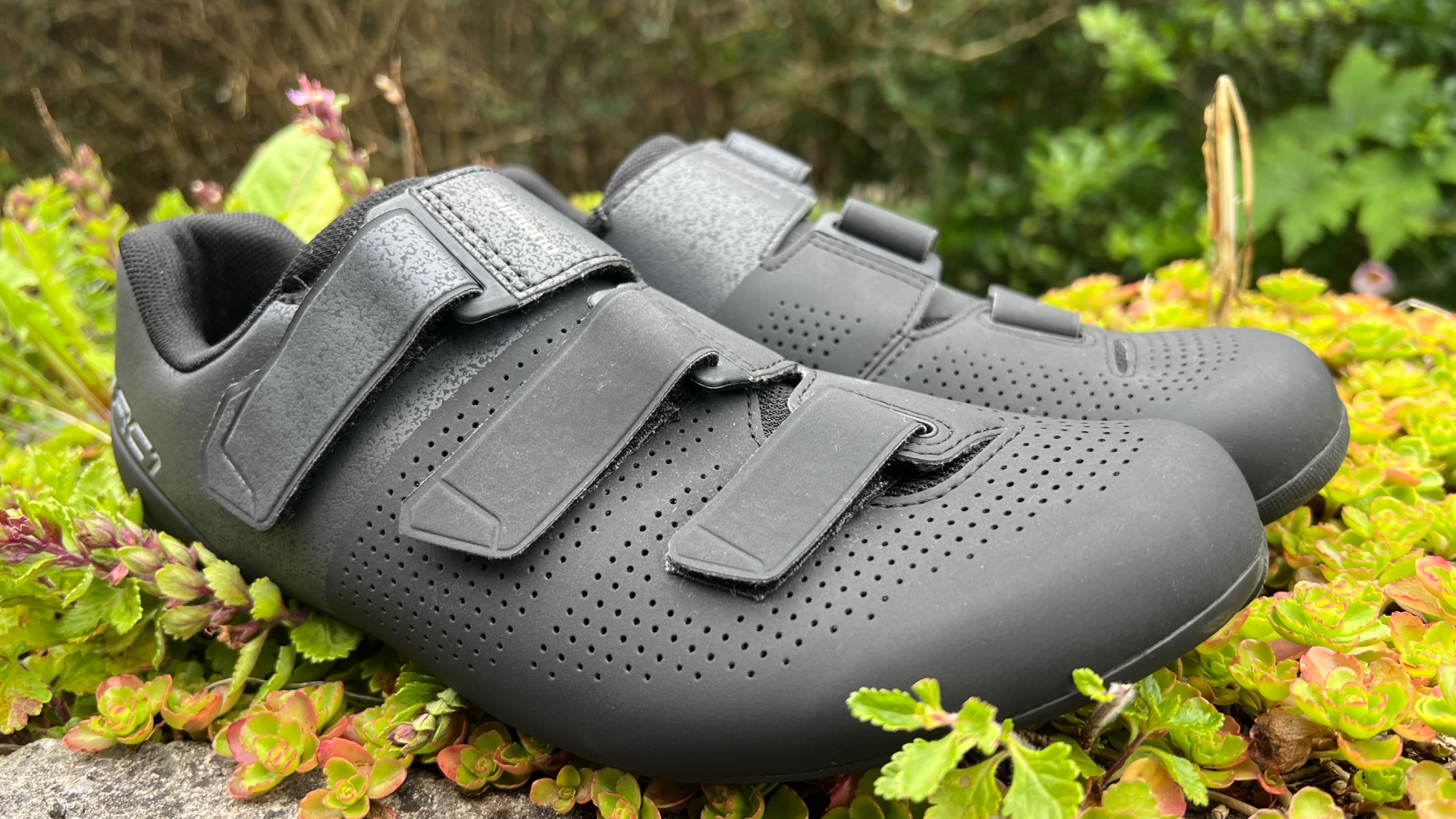
Specifications
Reasons to buy
Reasons to avoid
On test, the Shimano SH-RC102 road shoes proved an excellent value, particularly for long, hilly rides. They offer a great balance of comfort and stability thanks to the glass fiber/nylon sole, which prevents the numbness that can build up when riding in ultra-stiff shoes.
Putting the shoes through their paces on a challenging, undulating 100km/60-mile ride in 30°C heat, they aren't nearly as ventilated as the Fizik Vento Powerstrap Aeroweaves, but the three-strap Velcro system was a blessing for adjusting the fit as feet swelled.
We think these are excellent value and sure are the best overall budget cycling shoe, even though the Velcro closure won't last forever like a Boa dial.
They might be too flexible for sprinters, but for anyone who seeks comfort and, thanks to detailed cleat markings, is swift to set up, a detail often overlooked at this price point. They're a great choice if you prioritize comfort and value over raw performance.
Best for stiffness
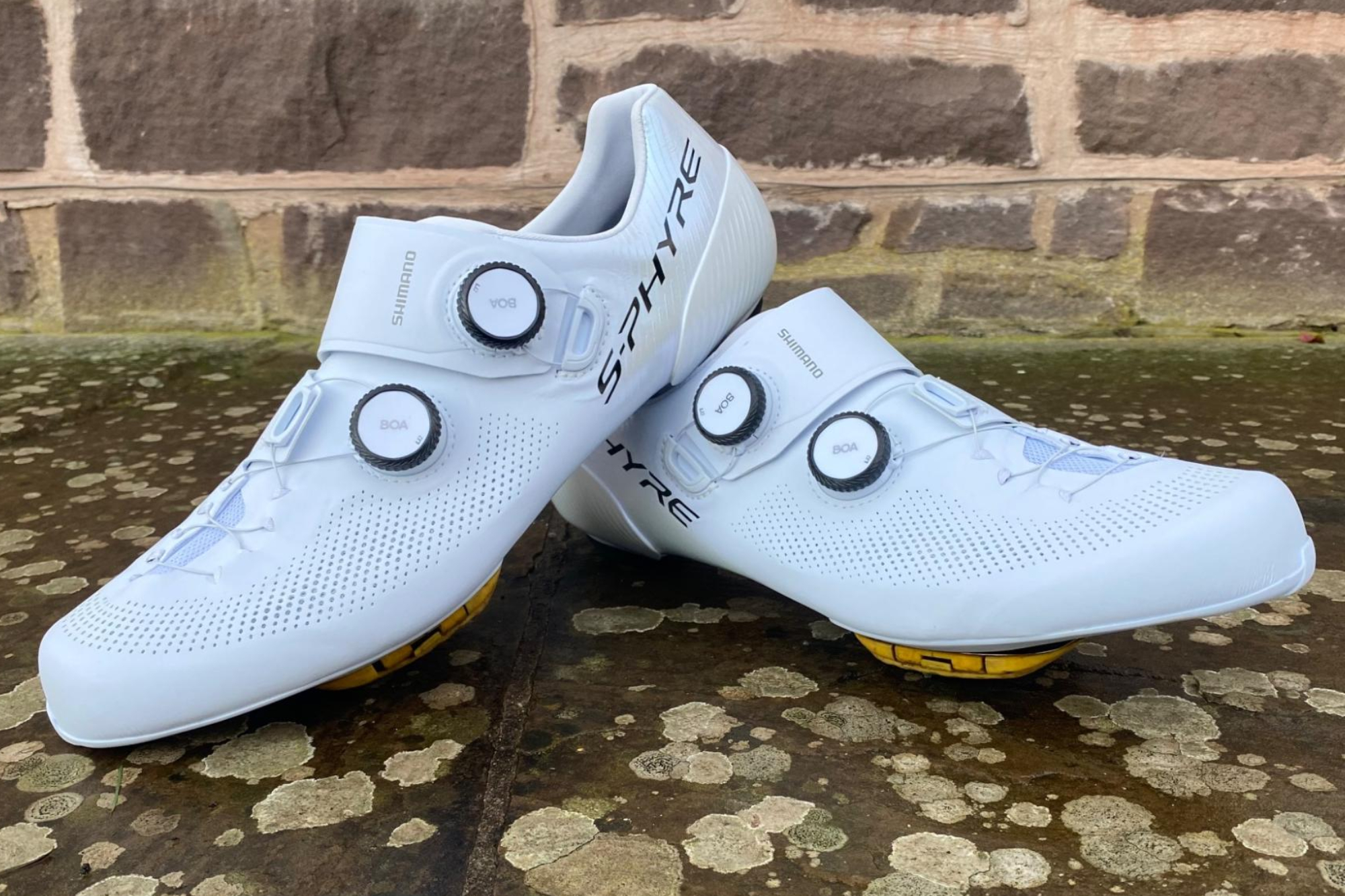
Shimano S-Phyre RC903 shoes major on foot support
Specifications
Reasons to buy
Reasons to avoid
The Shimano S-Phyre RC903 is a superb, top-tier race shoe that nearly achieves all-day comfort while delivering unmatched stiffness.
Initially, the standard fit was too narrow for me, but the wide fit (which is only 3mm–4mm wider) made a world of difference. Even so, the toe box remains a little narrow for my personal preference compared to my old S-Works 7s. However, the slightly reduced toe volume is actually an advantage when sprinting, as it provides a super-locked-in feeling with absolutely no movement.
The stiffness (rated 12/12) is the best I have ever experienced; when I tighten the lower Boa dial for efforts, I truly feel 'planted and one with the bike'.
The two low-profile Boa Li2 dials are excellent for making micro-adjustments on the fly—I keep the lower one looser for endurance and crank it down for sprints. Heel retention is brilliant, keeping my narrow ankles perfectly in place.
The main drawback is ventilation. Even with a fan on the turbo trainer, my feet got quite warm after an hour-long session. While I think they'll be manageable for most Northern Hemisphere weather, they are not the best option if you have perpetually hot feet or live in a tropical climate.
At $450.00/£349.00, I find the RC903 competitively priced among other "super shoes" and a brilliant performer if the fit suits your foot shape.
Read our full Shimano S-Phyre RC903 cycling shoes review
Best for wide feet

Lake CX403 cycling shoes are built to last
Specifications
Reasons to buy
Reasons to avoid
The Lake CX403 shoes are heat-moldable, a popular feature on many higher-end cycling shoes. They're designed as a race shoe rather than an all-rounder, and initially found them a bit stiff and low-volume for everyday use, but once moulded and worn over several rides, these became more of a go-to pair, while still perfect for shorter blasts, such as crit or indoor racing, where the efficient power transfer really shines.
A mix of soft leather and stiff carbon fibre in the uppers, we found comfort and support in all the right places, but it's vital not to underestimate the importance of cooking the shoes first.
The two independent BOA dials allow for even more instep and forefoot adjustments, really personalising the fit.
The moulding process is a breeze, either at a dealer's or at home, and you can repeat the process multiple times, making them a good option if your feet are an awkward shape for off-the-peg cycling shoes.
Read our full Lake CX403 cycling shoe review
Best under $200
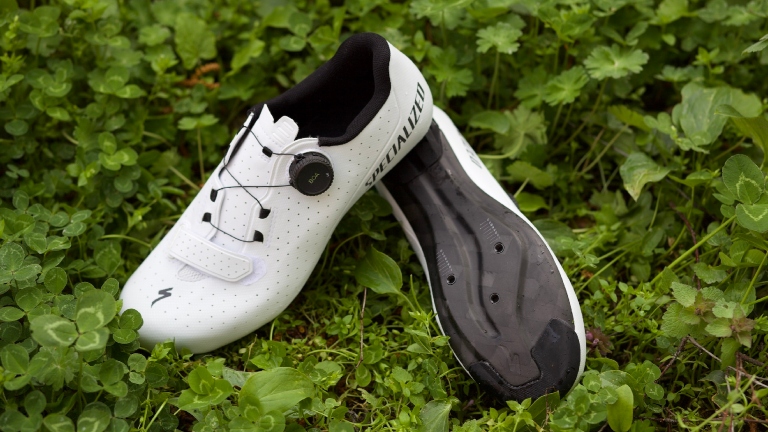
Specialized Torch 2.0
6. Specialized Torch 2.0
Our expert review:
Specifications
Reasons to buy
Reasons to avoid
Specialized’s Torch 2.0 is an updated model that takes many of the features of the S-Works Torch and brings them to a more accessible price point. The Torch 2.0 uses a single Li2 BOA dial paired with a Velcro strap at the toe. The dimensions and fit of the shoe are the same as its higher end relatives, while the materials and construction techniques are more basic. The sole is carbon, though of a different design than the S-Works shoes, and the heel piece is larger (and not replaceable).
All of the same Body Geometry features are included and the heel cup and toe cap are both integrated underneath the upper, which makes for a very clean, uncluttered appearance. The soles aren’t vented but it’s great to see carbon at this price point. The sole design makes a big difference in keeping weight low, and these shoes punch above their metaphorical weight as a result.
I found that the Velcro strap at the toe doesn’t have much purchase to adjust the fit, and is more or less ornamental. I’m not sure why Specialized elected to include it, but I suppose it at least looks like it does something. I think this feature could be refined further.
On the bike the Torch 2.0 is nearly indistinguishable from a top-end shoe, Specialized or otherwise. The single BOA dial doesn’t offer the precision of two dials, but when you’re riding, that’s not something you think about. Sole stiffness is more than adequate, though Specialized doesn’t provide any ratings for its different soles so it’s hard to say how it compares in terms of numbers. The stability of the larger heel piece makes a huge difference off the bike—they don’t make you feel like a newborn giraffe at the coffee shop. For most riders, these shoes will offer every bit of performance they require.
At its price, the Specialized Torch 2.0 is an excellent value. It’s not an entry-level shoe, but a very solid step up. For that small jump in price, they nearly perform at the level of a pro-level shoe. In fact, I actually prefer the interior shape of the sole of the Torch vs. that of the S-works model, and found my feet were very happy riding long hours in these.
Best lace-up
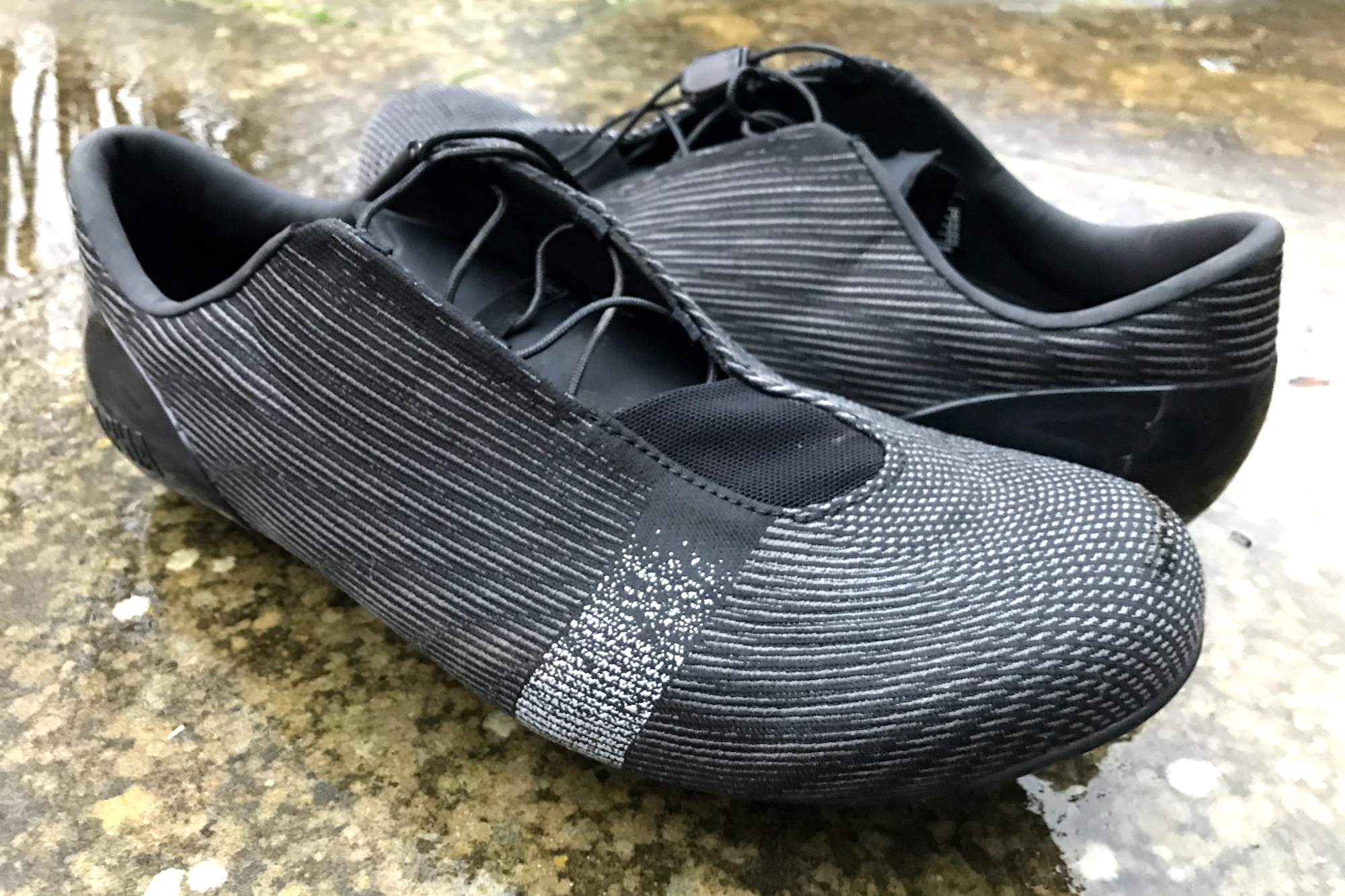
Rapha Pro Team Lace Up
Specifications
Reasons to buy
Reasons to avoid
Rapha has several years of shoe design experience, and with these latest versions, it is clear the company is making products that can be raced at the highest cycling levels. The Pro Team Lace Up shoe sits in that upper echelon but offers a slight variation on the norm: laces instead of BOA dials.
The Lace Up shoes are notably sleek in appearance. Uppers are constructed with a woven material Rapha called Powerweave, developed with materials science company Avery Dennison. The material has a visible textile appearance and breathes well, but surprisingly, it doesn’t have much stretch. The uppers have only a single seam tucked out of the way on the inside of the heel. The laces use a quick-pull cord, similar to types seen on trail running shoes. It is faster and easier to tighten but doesn’t provide the same level of tunability as true laces.
I usually need to tighten my shoes quite a bit to get fully locked in, which sometimes causes discomfort near the ankle if the shoe bunches up. However, I didn’t have any issues with this in the Pro Team Lace-Up shoes. The combination of the Powerweave fabric and well-padded tongue makes them feel slipper-like,, and I noticed and appreciated the feel of a shoe without dials on the outside of the foot.
I found that the speed laces are longer than ,necessary and, as a result,, can be finicky to tuck away. Sole stiffness is quite good—on par with other offerings on the market—but the soles could be made a bit thinner and lighter.
Rapha says the Pro Team Lace-up shoes tend to run small, though I found them to fit true to size, at least in length. For those with wider or higher volume feet, however, they will probably be too confining, as the uppers don’t have much to give to them.
Read our full Rapha Pro Team Lace Up review
Most comfortable
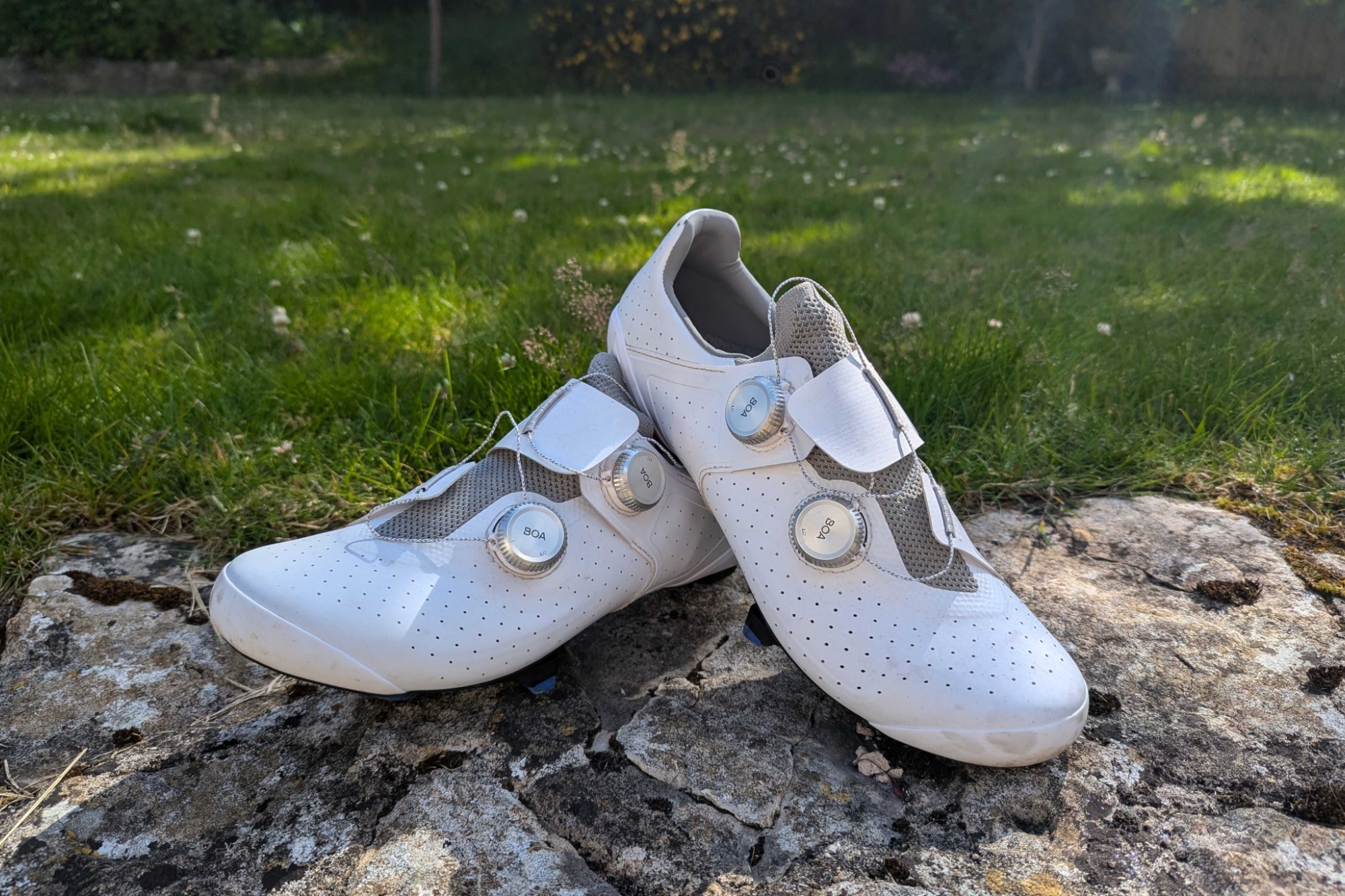
Specifications
Reasons to buy
Reasons to avoid
This is Canyon's first-ever shoe, and it is a real show of force. The German brand is entering the accessories market, just as bike giants Trek and Specialized have done in the past. Canyon developed an entirely new last for the shoes - that’s the model foot on which designs are prototyped - leading what they call the Purefit360 fit system.
As you would expect from a plus £300/$400 cycling shoe, it has a whole list of fit and functional features to improve comfort and performance. Most notable of these is the stretch tongue, which is a woven sock-like construction, holding the foot firmly but comfortably. The shoes also feature ‘pressure relief zones’ where, in combination with the last, less material is used around the toe box to allow your toes to spread out naturally.
The trump card in the Tempr CFR's design - the Solestar custom insole the world's leading experts in insoles. I found this is what elevates the shoe's comfort levels way above the competition.
Overall, Canyon has done incredibly well to take a giant leap towards the top of the shoe market—and I don't say that lightly. The shoes have a great aesthetic, are abundantly comfortable, and perform well. My only word of warning is that the metatarsal bump took some getting used to, but it really does help splay your toes out, which is fantastic when climbing out of the saddle.
Read our full Canyon Tempr CFR cycling shoe review
Best for high-end performance
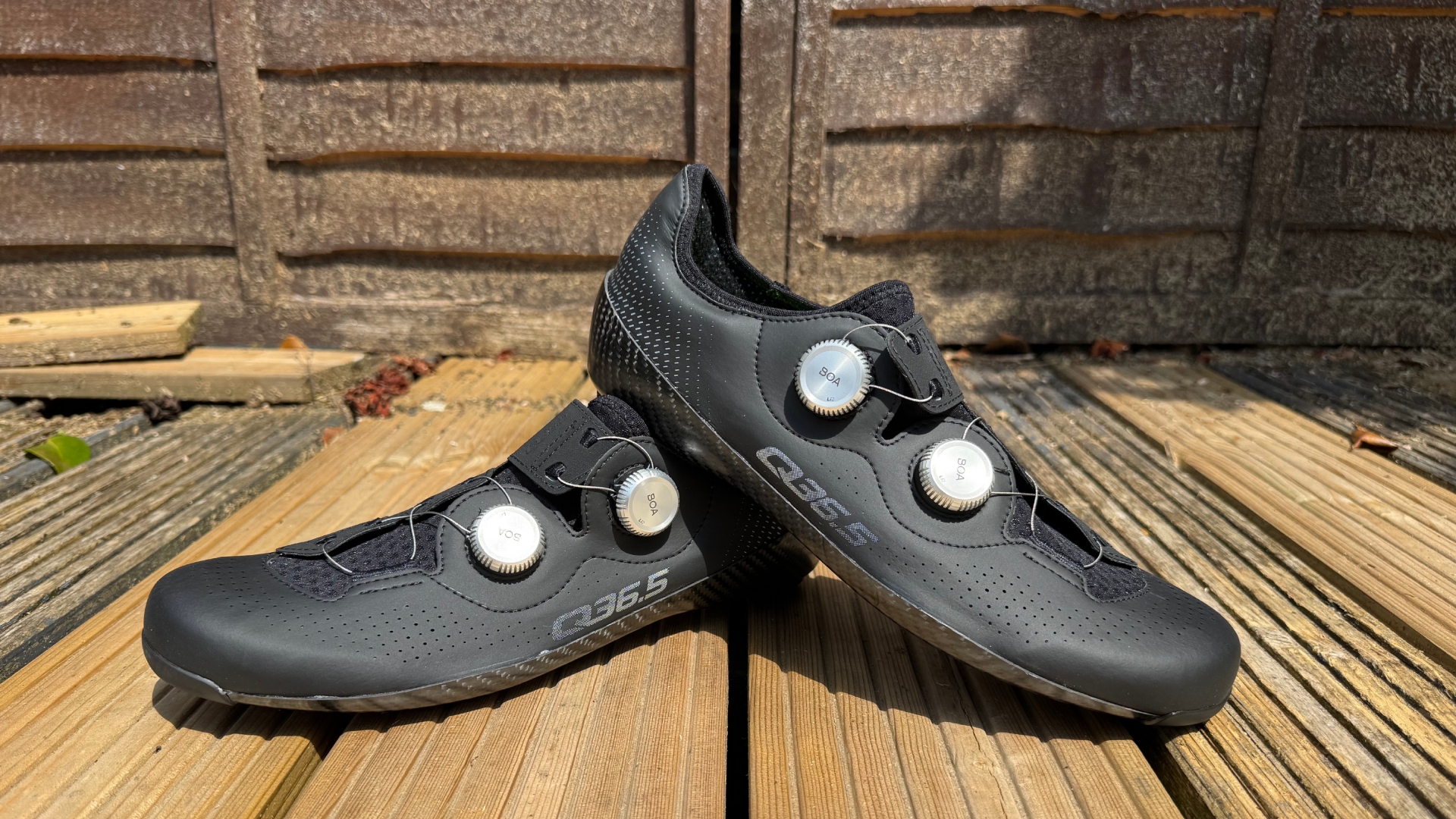
Specifications
Reasons to buy
Reasons to avoid
These shoes are frustratingly close to perfection. The combination of performance, comfort, and breathability is executed so well that they're arguably the stiffest and most comfortable shoes I've ever tested, outperforming competitors like the S-Works Ares 1 and Shimano S-Phyre. The carbon-tub construction and the dual Boa Li2 dials lock my foot in place with superb security, and the lightweight design is impressive for a dual-dial shoe.
Naturally, from a brand named after temperature regulation, this is fantastic; they will keep feet cool even in 30°C heat, thanks to the unique sock liner and ventilation.
However, for the insane price tag of £550/$600, you should expect absolute perfection, and that's where they fall short. The loose threads and sharp carbon edges are simply unacceptable on a shoe this expensive. They are a technological marvel, but the minor flaws sting when you consider the cost.
Read our full Q36.5 Unique Pro shoes Review
How we test the best cycling shoes
Cycling Weekly's team of testers has extensive experience in assessing and writing unbiased reviews of a wide range of cycling products. Since it all involves riding, shoes are central to this, and we've tested literally hundreds of different pairs.
We have testers with large feet, small feet, narrow feet and wide feet, so you can be sure that we've taken account of the differences in fit and foot comfort for a wide range of riders and understand what makes for a good pair of cycling shoes. Where possible, we also try to make sure that more than one of our testers gets a chance to try the shoes on, so we have multiple perspectives.
But how do we put the best cycling shoes through their paces?
It all starts with the fit, cleat fitting and initial setup. As no two people's feet are the same, shoes must be tested by someone who can actually test their performance. It is rare, but if a shoe doesn't suit your feet, we won't be able to offer an objective perspective on its overall performance.
The second step, our reviewers will be putting in the miles. Shoes take a while to bed in and almost certainly need some cleat adjustment, etc.
We will next be looking to isolate performance metrics like testing for the stiffness with some sprint intervals and steep climbs. If the reviewer uses one of the best power meters they will be able to put a number to this test. Compliance and comfort are certainly more subjective points for most, as there may be any numbness or hot spots that creep in during their riding.
Depending on how long the shoes are on test, it is sometimes difficult to offer long-term durability or wear issues during testing. However, if the tester continues to use the shoes beyond the test period, they will update any review with a three or twelve-month update.
For more information on how Cycling Weekly tackles testing the world's best cycling gear, visit our how we test page.
How to choose the best cycling shoes for you?
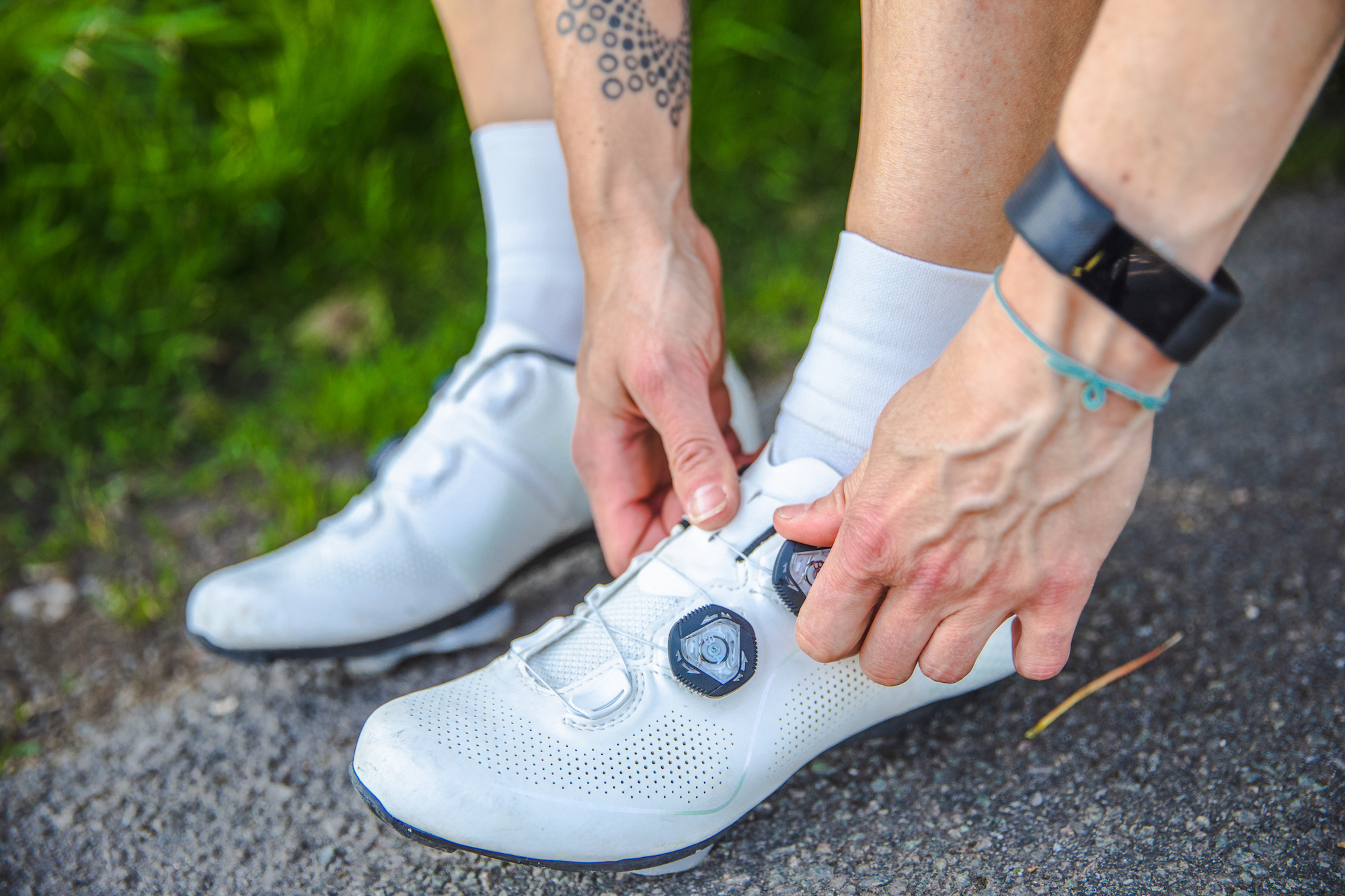
Beyond the obvious shoe size, there's a lot to think about when choosing cycling shoes. Even sizing isn't straightforward, as you want a cycling shoe to hold your foot steady to pedal efficiently, so you might need a shoe that's a half size down from your normal.
Carbon soles will be stiffer and increase pedalling efficiency, which is great unless you're expecting to walk in them when a little more give will prove useful. Likewise, they don't have any sole grip.
You also need to make sure that you have the correct cleat holes in the sole for your intended pedal system; either two or three (or sometimes four for Speedplay cleats).
Think too about the closure system. BOA dials are efficient but expensive and single dials may not distribute pressure as evenly as dual dial systems. Ratchets and Velcro are cheaper and can be as efficient. Laces look smart and save weight, but you can't adjust them while riding.
A highly ventilated pair of cycling shoes or shoes with woven uppers will keep your feet cooler in hot conditions, but won't be so good if it's cold and damp.
Finally, there's the price: how much are you prepared to spend? There's no substitute for trying before you buy.
What are the important features of well-fitted cycling shoes?
Cycling is a forefoot sport. Whilst the foot itself doesn’t generate any power, all of the watts produced elsewhere pass through your feet. So not only do poorly fitting shoes create pain, but they can also limit performance.
A former British Cycling physiotherapist and bike fitter at the eponymous Phil Burt Innovation, Phil Burt told us: “If you’re in a wrongly fitted shoe it would manifest as rubbing around the little toe, pain underneath the first and second toe where a lot of people get numbness or pins and needles.”
Touching on the performance element, he added: “The foot and ankle don’t generate any power. All the power comes from your quad and your glute. But you can lose a hell of a lot through badly fitting shoes – for example, if your foot is moving around or over pronating, you can waste a lot of energy.”
The key variables when it comes to cycling shoes are the fastening system, the sole, the cleat style, and of course the fit, although that does depend on whether you've teamed with a pair of good cycling socks.
What are the best cycling shoe fastening systems?
There are basically four different systems used to tighten cycling shoes: Velcro, ratchets, laces, and dials.
Almost all budget cycling shoes use Velcro straps for fastening, basically because it's a cheaper option. For the rider, Velcro straps do a good job of holding the shoe firmly in place but can be difficult to adjust on the move and it can also be a little tricky to get the precise fit you might want.
The other benefit of Velcro straps is that they are light. This means that they can also be found on very expensive lightweight shoes designed specifically for climbers. Over time, the Velcro can lose its effectiveness though, so that the hold on your foot can diminish.
The next step up in the fastening system food chain is ratchets, so look out for some of the great cycling shoes that offer these at a lower price point. A ratchet offers more precise adjustability than Velcro straps, gives a really secure fit, and can also easily be tightened while riding. However, loosening a ratchet is not quite as easy, often requiring two hands. Ratchets are generally found on mid-price shoes and are usually combined with a Velcro strap or two further down the shoe.
At the top of the tree, you have dial closures, the fastening system used on most high-end shoes. In general, these are very secure, are easy to adjust, and can be dialed in (excuse the pun) to give a very precise hold. However, there are differences between different brands of dials. BOA dials offer the current gold standard with higher-end BOAs providing incremental tightening and loosening, while those from other brands and lower-spec BOAs can't always be loosened quite so easily.
The other option on a few other high-end shoes such as the Giro Empires and Specialized S-Works Sub 6 shoes (as well as a few retro-style shoes) is laces. For those interested in marginal gains, laces are very aerodynamic but are also generally very comfy as there's a wider distribution of pressure across the top of the foot and the laces self-adjust to help even it out. However, of course, laces are nigh-on impossible to adjust on the move.

Boa dials offer precise fine-tuning of fit
What is stack height?
Stack height is the distance between the foot and bottom of the shoe. Thinner soles allow you to sit closer to the pedals, keeping body mass compact which helps with aerodynamics and efficiency. Thinner soles also transfer energy through the pedals more effectively. If performance is your aim, thin soles are what you want.
What are the best cycling shoe soles made from?
As with the fastening systems, different types of soles come on different cycling shoes, and of course the more you pay, the more you get.
The main thing that you are looking for with the soles of your cycling shoes is for them to be stiff. This means that when you press down the sole won't bend, meaning that all of the power that you generate is transferred through the sole and into the pedal. The second consideration is weight, with more expensive shoes coming with lighter soles.
Entry-level cycling shoes will generally come with nylon soles, but if you pay a bit more you will get shoes with carbon composite soles (i.e. a mixture of carbon and plastic), while at the top of the scale, you will find carbon-soled shoes. The only thing with some high-end shoes is that some people will find that the ultra-stiff sole may cause discomfort on longer rides, so it's worth reading some reviews before parting with your cash.
As ever, weight is also important, with top-of-the-range carbon shoes often being much lighter than entry-level models.
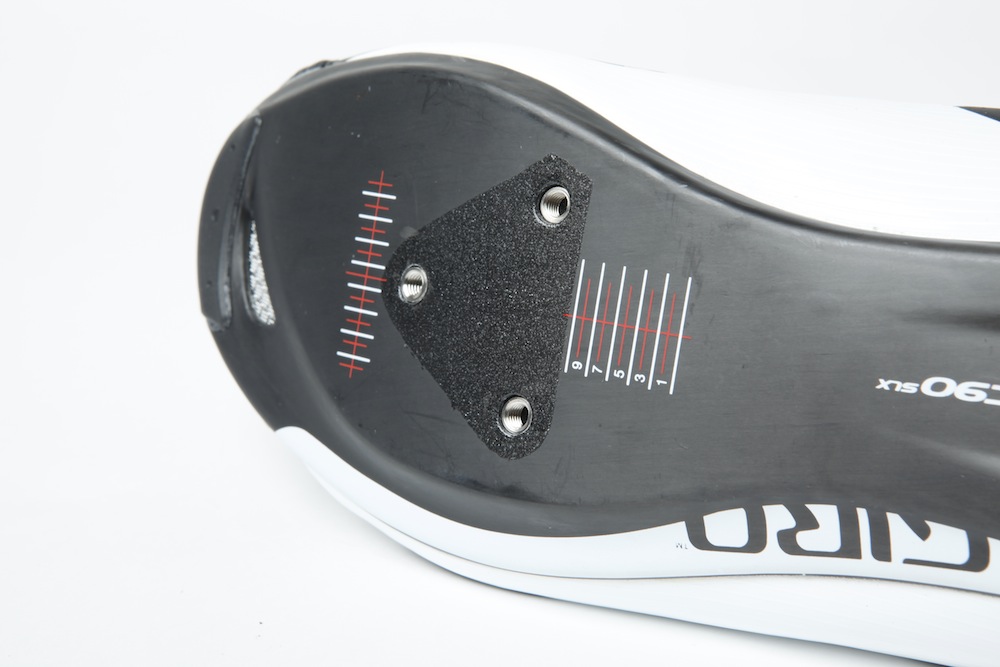
Most road cycling shoes are designed to fit three bolt cleats only
Which cycling shoe cleats are best for me?
While you're looking at the material of the soles of your prospective new cycling shoes, it's worth looking at the type of cleats that they will accommodate, as some will take two-bolt cleats while others will take three-bolt cleats. Some, particularly lower-priced models, let you fit either. Your choice really depends on what type of riding you're doing.
If you're riding off-road or want to have a pair of shoes that are easy to walk in, then go for a pedal system that uses two-bolt cleats such as Shimano SPDs or Crankbrothers Eggbeaters.
However, for most road riding, you want three-bolt cleats which will give you a wider platform for improved power transfer through the pedals. For that reason, mid and high-end shoes will only come with a three bolt pattern.
What should I do to look after my cycling shoes?
Even if you're riding in warm, dry conditions, your cycling shoes are likely to get sweaty inside. Once you take them off, don't just leave them sitting in a plastic bag, but put them somewhere dry where they can air and dry out. It's a good idea to pull out your insoles too, to make sure that the inside of the sole unit dries out fully. Many more expensive cycling shoes may come with a net storage bag to keep them in.
If your shoes get wet, you should take out the insoles and pack the inside of the shoes with scrunched-up newspaper to help soak up the moisture.
Most cycling shoes can be wiped down with a damp cloth, but don't try anything more aggressive to clean them unless the maker's care instructions advise this.
If you're regularly riding in poor conditions, a pair of the best cycling overshoes will help keep your shoes clean. Overshoes tend to wear quickly though; a dedicated pair of winter cycling shoes like the Gaerne Icestorm boots might be a better bet for bad weather. They will have a fully enclosed, waterproof upper and sole, usually with a breathable membrane and insulation, to help keep your feet dry and warm.
Heel support and heel lift are often an issue with this type of winter boot though, so make sure that the fit is good if you go this route with space for some warm socks. Also, consider swapping to winter boots and pedals with two-bolt cleats for their better walkability in the wet or when it's icy so that you're less likely to take a spill on a tile floor at the coffee stop.
Do brands make cycling shoes to fit wider feet?
When brands create cycling shoes, they will typically cater for the “average” individual to accommodate the largest segment of the market. However, with cycling shoes being both incredibly rigid and fixed in place via cleats and pedals, those who fall outside the norm can struggle to find shoes that fit.
Several brands do offer ‘wide fit’ options - these include Sidi, Bont, Shimano and Lake. Lake provides wide toe boxes as well as custom molded heel cups to ensure a good fit all round for those with a wide forefoot and narrow ankle.
We’ve had one wide-footed tester - Cycling Weekly's Owen Rogers, put three pairs of the best cycling shoes for wide feet through their paces. However, former British Cycling physio Phil Burt advises that those looking to solve foot pain ensure they’re solving the correct problem before purchasing.
“You may not have wide feet. It could be that your foot is collapsing, and therefore splaying. A lot of people think they have wide feet, but given an off-the-shelf corrective insole, the problem goes away because they have the support their foot needs.”
You can buy arch-supporting insoles from your local chemist, and of course, there are many brands out there that will create you a custom version should you want something more bespoke.
If you're sure you do have wide feet, and not a need for an insole, then read on.
How do triathlon cycling shoes differ from road cycling shoes?
Triathlon shoes are different from road shoes. If you fancy the idea of doing some triathlons, it might be worth getting a triathlon-specific pair.
Tri shoes are designed to be put on and off quickly while cycling and consequently use an easy-to-open retention system. They often feature a loop on the heel that you can grab for easier access. However, if you ride in cold weather, be aware that tri-shoes often also feature drainage holes and mesh for wet feet so they don't offer much insulation from the cold. If you want road shoes and not triathlon shoes, be sure to check with the retailer that you're getting what you want.
Do I need custom insoles in my cycling shoes?
Cycling shoes, even pricey ones, often come with fairly basic flat insoles. Since your feet are held in a static position, this can cause discomfort over time. It's worth considering an insole upgrade. Some aftermarket insoles will have an adjustable level of arch support, most will be made of more substantial material than the insoles that come with your shoes and often there will be other extra features like a less flat profile and a midfoot bump to help support your feet better. You can also buy bespoke insoles made to match your feet.
There are a number of different shoes on the market such as the Bont Riot and the Lake CX402 that can be customized through heat molding to fit the shape of your feet. This means that the shoes should perfectly support the arch of your foot, ensuring that you should be very comfortable and power transfer should be improved too as your foot won't move around at all. If you have flat feet or arch-related problems, heat moldable shoes could be the solution.
Should I try cycling shoes on before I buy them?
The best way to check the fit of a shoe is to try it on in your local bike shop before purchasing (hopefully you'll make the purchase in the shop too!). It is better to do this in the afternoon or evening as your feet can expand slightly during the day.
Shoe sizing is pretty consistent across brands, particularly when compared to other pieces of cycling clothing – but just because your old and worn-out size 46 shoes were comfortable, it doesn't necessarily mean you can jump straight into a different brand in the same size.
Arch heights, shoe widths, and different fastening systems can all mean that you may find yourself going a size up or down when buying new cycling shoes. Flashier shoes usually come in half sizes, so you can get a good match for your feet. Lower-priced shoes, however, tend to be sold in whole sizes only - they are usually more roomy to start with as well. If your feet are between sizes, that can make choosing the right size tricky. If you're not sure, we'd suggest sizing down.
The latest race content, interviews, features, reviews and expert buying guides, direct to your inbox!
Like many, Matt began his bicycle industry journey on the spanners at his local bike shop. After spending his youth mountain biking, he was inspired to embrace gravel during his tenure with Evans Cycles' in-house brands, Pinnacle and Hoy Bikes. Recognising the evolving industry, Matt eagerly seized the chance to become an E-bike designer, winning several awards with the E-bike brand Cairn Cycles.
These days, Matt is likely to have a toddler sitting shotgun or off the beaten track somewhere on the South Downs.